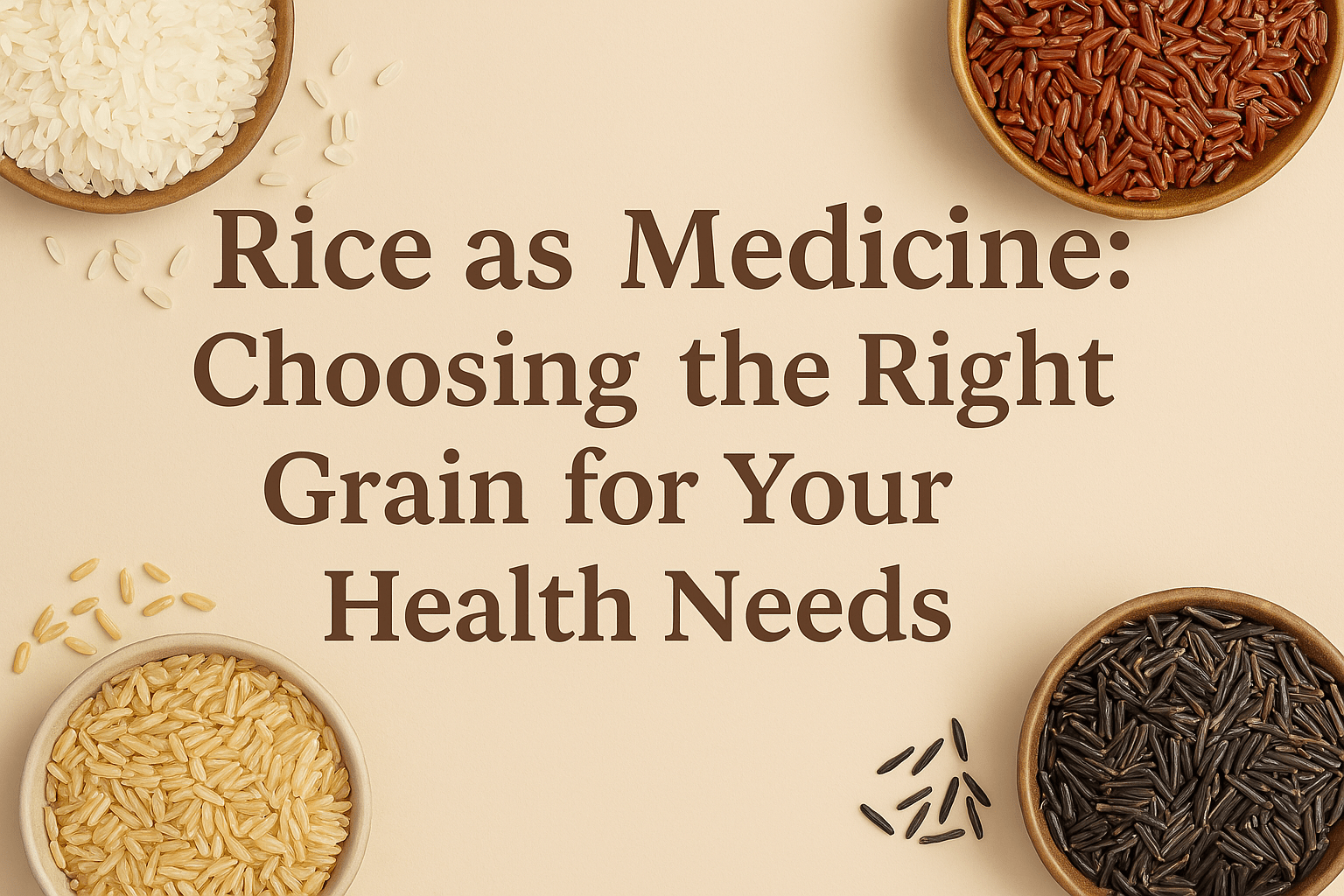One of the most recent trends for living a healthy and happy life is to adopt a healthy lifestyle. Many doctors, nutritionists, and health experts recommend various diets and products that are appropriate for healthy living. However, following a completely different diet can be a major issue because the transition of eating a different diet entirely requires utmost control and consistency, and it can sometimes affect our health as well. Intermittent fasting is an excellent weight loss and fitness alternative to dieting.
What is Intermittent Fasting?
Intermittent fasting is not a diet, but rather a way of eating. It is a unique way of scheduling your meals so that you get the most out of them. It is a diet that alternates between fasting and eating at set intervals.
Research shows that Intermittent fasting is a great way to manage your weight and prevent some forms of chronic diseases. Most of the recommended diets focus on what you should eat, but Intermittent fasting is all about when to eat.

There are some popular approaches to Intermittent fasting which are:
Alternative Day Fasting: In Alternative day Fasting, you have to eat a normal diet for one day and on the next day you have to fast by taking only one small meal.
5:2 Fasting: In this approach, you can continue your normal diet for 5 days and fast for two days by staying on one small meal only.
Daily approach: The daily approach is quite easier to follow. In this daily approach, there are different fasting methods which are 16:8 fasting, 12:12 fasting, and 20:4 fasting. The most popular one amongst them is the 16:8 method, where you have to eat for 8 hours in a day and fast for 16 hours.
It is recommended to start with the 12:12 approach and increase it gradually, for beginners.
Is Intermittent fasting safe?
Yes, Intermittent fasting is safe, but it is not the best method for everyone. For effective weight loss, intermittent fasting should be combined with regular exercise.
Intermittent fasting shouldn’t be tried by
- Children and teens under 18
- Pregnant women
- People with diabetes(or) blood sugar problems
- Eating disorders.
Benefits of Intermittent Fasting.
Various studies have proved that Intermittent fasting has powerful benefits for your body and brain. Here are some health benefits of intermittent fasting:

- Intermittent fasting makes your day simpler as it allows you to eat one less meal and helps reduce oxidative stress (a body condition that happens when your anti-oxidant levels are low).
- Intermittent fasting protects your organs against chronic diseases like Type-2 diabetes, heart disease, age-related disorders, and cancers.
- Intermittent fasting helps in improving the thinking process and also improves memory power.
- Intermittent fasting helps in restricting calories in such a way that it lengthens your life. It is a proven fact that when you fast, your body finds a way to extend your time and helps you live longer.
- Intermittent fasting helps in lowering Insulin levels and causes cells to release their glucose stored as energy, which is a great method to lose weight.
- Intermittent fasting reduces the risk of cancer and helps in cardiovascular disease. According to research, alternative day fasting with cancer patients prior to chemotherapy resulted in a higher cure rate.
- Intermittent fasting improves brain health and helps in fighting neurological disorders like Alzheimer’s, Parkinson’s, and brain stroke.
- Intermittent fasting is preferable to dieting because dieting requires us to completely change our diet. However, with intermittent fasting, you do not have to switch. It is also quite simple to carry out.
Conclusion
Intermittent fasting is a popular weight-loss method and the results vary with different approaches. It is always good to consult a nutrition expert or doctor to know which approach is suitable for you.


























